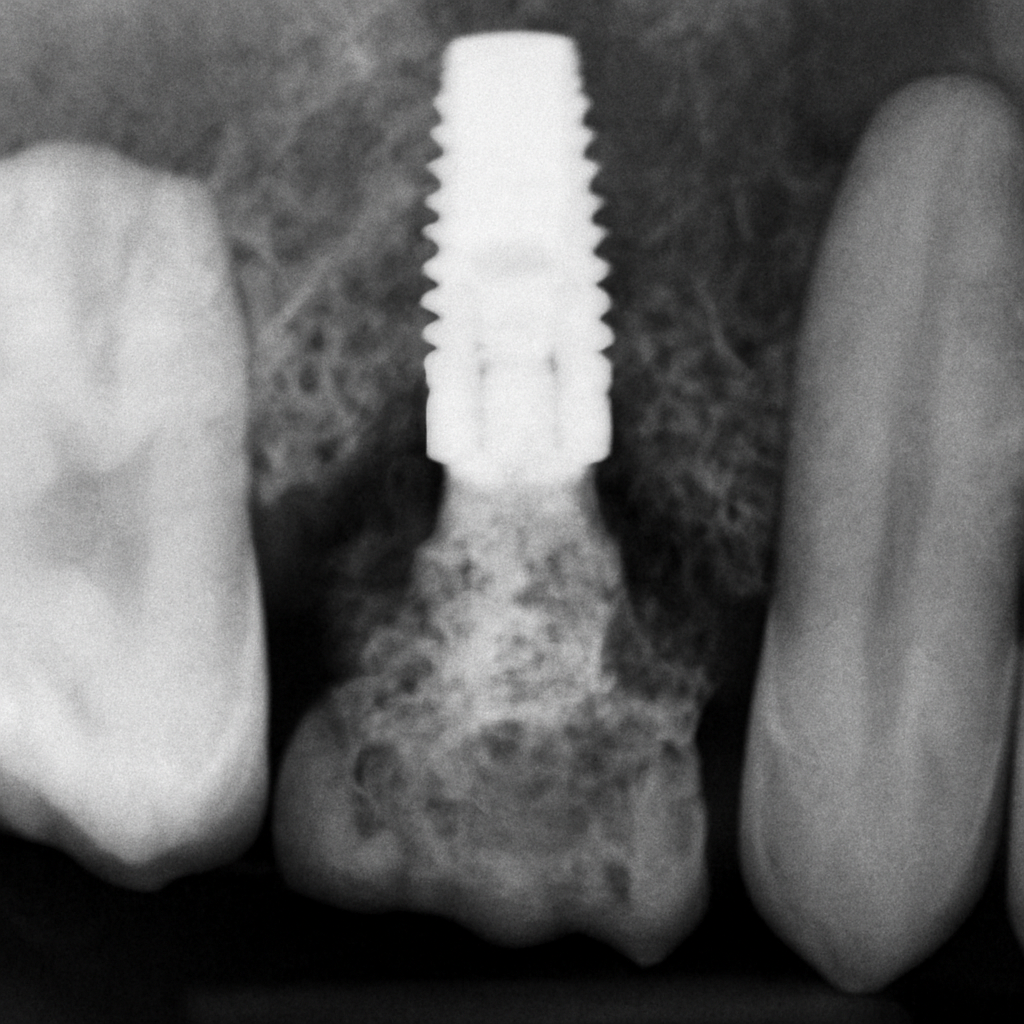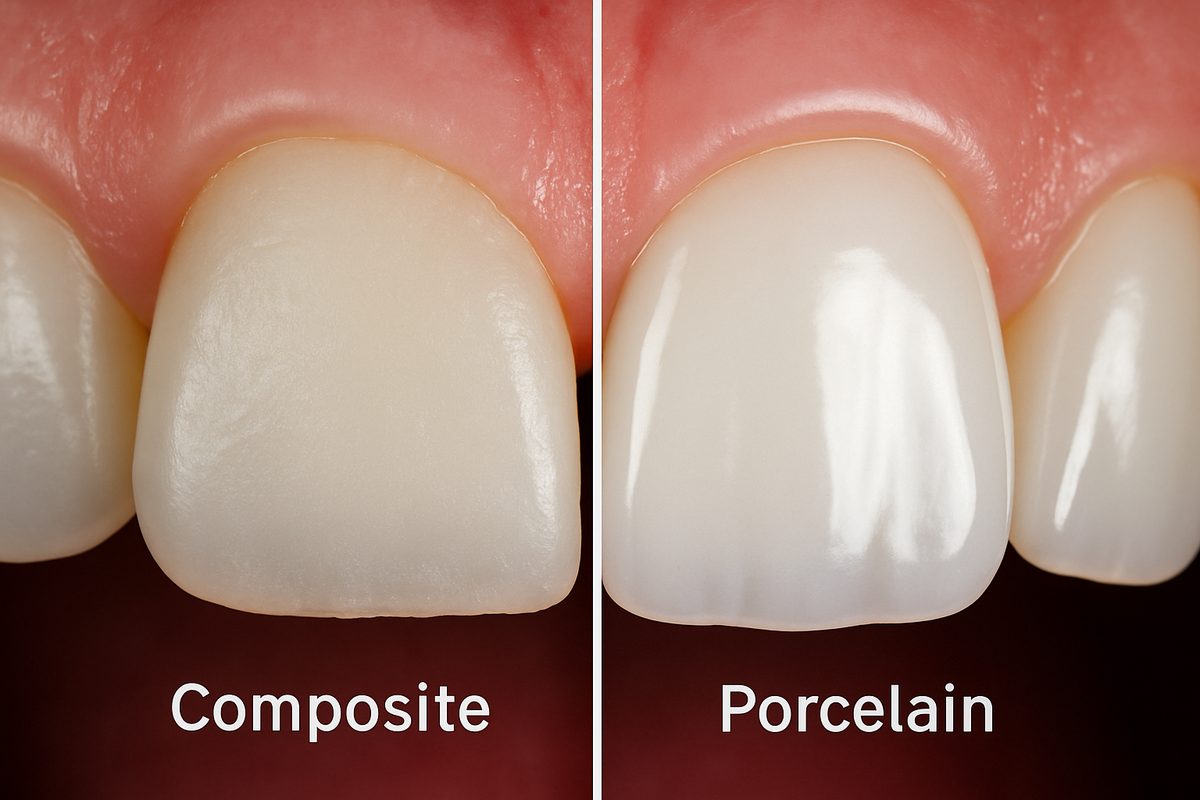Blog - Fort Wayne, IN
Tips, Facts, And The
Latest In Dentistry

Unravelling the Mysteries of Dental Bridges in Fort Wayne, Indiana

Dental bridges in Fort Wayne, IN are a common solution for replacing missing teeth, helping patients regain their smiles, chewing function, and oral health. When teeth are lost due to decay, trauma, or other dental conditions, the gaps left behind can lead to a range of problems, including misalignment and difficulties with eating or speaking. A dental bridge literally bridges the gap created by one or more missing teeth, using natural teeth or implants on either side as support. In this blog, we’ll explore the importance of dental bridges, the placement procedure, and how Dr. Nicholas Rorick at Sycamore Hills Dentistry in Fort Wayne, Indiana, can help you restore your smile.
Introduction to Dental Bridges
A dental bridge is a prosthetic device that replaces one or more missing teeth by anchoring to neighboring teeth or implants. Bridges are made from various durable materials, including porcelain, ceramics, or metal, to blend seamlessly with your natural teeth. The purpose of a dental bridge is not only cosmetic but also functional, as it helps maintain the structure of your mouth by preventing adjacent teeth from shifting out of place. Replacing missing teeth also restores proper bite alignment and makes it easier to chew and speak.
There are different types of dental bridges, each tailored to specific patient needs. The most common type is the traditional dental bridge, which uses crowns on either side of the gap to support a false tooth (pontic) in the middle. Another type is the cantilever bridge, used when only one side of the gap has a supporting tooth. Finally, implant-supported bridges involve placing dental implants in the jawbone, which provides greater stability and longevity. Each type of bridge offers unique benefits, and the right choice depends on your individual dental condition and goals. Replacing missing teeth with a dental bridge helps restore both aesthetics and functionality, improving your overall oral health and quality of life.
Dental Bridge Placement Procedure
Getting a dental bridge involves several steps, beginning with an initial consultation and evaluation by your dentist. During this appointment, Dr. Rorick will assess the health of your surrounding teeth and gums, ensuring that they are strong enough to support the bridge. Once you’re deemed a good candidate, the preparation process begins. For traditional bridges, the adjacent teeth, known as abutments, are prepared by reshaping them to accommodate the crowns that will anchor the bridge. Impressions of your teeth are then taken to create a custom bridge that fits perfectly in your mouth.
After the preparation, a temporary bridge may be placed while your permanent bridge is being crafted. Once the permanent bridge is ready, Dr. Rorick will carefully place it and make any necessary adjustments to ensure a comfortable fit. The bridge is then cemented in place, restoring the appearance and function of your teeth. The entire process typically requires two or more visits, but the result is a long-lasting solution that looks and feels natural. Dr. Rorick’s expertise in dental bridge placement ensures a smooth procedure with minimal discomfort, allowing you to enjoy the benefits of a restored smile.
In-Depth Understanding of Dental Bridge Maintenance
Proper care and maintenance of a dental bridge are essential to its longevity. Like natural teeth, dental bridges need to be cleaned daily to prevent plaque buildup and decay around the supporting teeth. Regular brushing, flossing, and the use of an interdental brush or floss threader can help clean underneath the bridge and ensure that plaque doesn’t accumulate in hard-to-reach areas. Good oral hygiene will not only extend the life of your bridge but also protect your remaining natural teeth and gums from potential issues.
Neglecting your dental bridge can lead to serious complications, such as gum disease, decay of the abutment teeth, or even the failure of the bridge. In some cases, if the supporting teeth weaken or develop cavities, the entire bridge may need to be replaced. Therefore, regular check-ups with Dr. Rorick are crucial to monitor the condition of your bridge and ensure it remains in optimal condition. With proper care and professional maintenance, a dental bridge can last for many years, providing a stable and reliable solution to missing teeth.
Dental Bridge Solutions in Fort Wayne: Rorick, Nicholas
Dr. Nicholas Rorick, a highly regarded general practitioner at Sycamore Hills Dentistry in Fort Wayne, Indiana, specializes in dental bridges and other restorative dental treatments. Dr. Rorick’s approach is centered around patient care and ensuring that each individual receives a tailor-made solution for their dental needs. With years of experience in performing dental bridge procedures, Dr. Rorick has helped countless patients regain their smiles and confidence.
Dr. Rorick’s expertise in dental bridges is complemented by his use of the latest technology and techniques, ensuring that each bridge is crafted with precision and care. From traditional bridges to implant-supported options, Dr. Rorick offers a wide range of dental bridge solutions to suit your specific condition. His focus on both aesthetics and functionality ensures that every patient receives a durable and natural-looking result. At Sycamore Hills Dentistry, you can trust that you’ll receive personalized care from a skilled professional who prioritizes your comfort and satisfaction.
Common FAQs About Dental Bridges Answered by Dr. Rorick
Patients often have questions and concerns about dental bridges, and Dr. Rorick is here to provide clarity. One common question is whether dental bridges are noticeable. Dr. Rorick reassures patients that bridges are designed to blend seamlessly with your natural teeth, making them virtually indistinguishable. Another frequent concern is the durability of dental bridges—while bridges are designed to be long-lasting, Dr. Rorick emphasizes the importance of proper care and maintenance to ensure their longevity.
Some patients also wonder if getting a dental bridge is painful. Dr. Rorick explains that the procedure is performed under local anesthesia, and any discomfort is typically minimal and temporary. He also addresses concerns about diet restrictions, noting that while certain sticky or hard foods should be avoided initially, patients can generally enjoy a normal diet after the healing period. With expert guidance from Dr. Rorick, patients can feel confident about their decision to restore their smile with a dental bridge.
Consider Your Dental Bridge Solutions with Dr. Rorick
If you’re missing one or more teeth, a dental bridge may be the ideal solution for restoring both the function and appearance of your smile. Dr. Nicholas Rorick at Sycamore Hills Dentistry in Fort Wayne, Indiana, is dedicated to providing high-quality dental bridge solutions that are tailored to each patient’s unique needs. His experience, attention to detail, and patient-centered approach make him a top choice for anyone seeking a durable, natural-looking solution to missing teeth.
Ready to learn more about how a dental bridge can improve your oral health? Schedule a consultation with Dr. Rorick and his team today to explore your options and take the first step toward a healthier, more confident smile.




